RE-STORYING BELOVED COMMUNITY: INTERSECTIONAL SOCIAL MOVEMENT STORYTELLING OF ANTIRACIST GAY LIBERATION*
This article details intersectional social movement storytelling produced by a racially mixed group of gay men in the 1980s to articulate, and insist upon, antiracist gay liberation. Based on a larger project of narrative ethnography of the organization Black and White Men Together (BWMT), I describe how BWMT drew upon the movement story of an ideal community from the civil rights movement (Beloved Community) and re-storied it to confront a narrow gay movement and reassert an anti-racist gay liberation critique. I trace how they did so via storytelling strategies using (1) “salience work” and (2) what I call “both/and work”— interpretive processes operating to shift the symbolic code of integration and the emotional code of love to be relevant in the complex political context of the 1980s. I conclude by reiterating how these strategies are bound to their times and assert the potential of social movement storytelling for intersectional scholarship.
Contributor Notes
* K.L. Broad is an associate professor in the Center for Gender, Sexualities, and Women’s Studies Research at the University of Florida. Please direct all correspondence to klbroad@ufl.edu.
†This article would not be possible without the work and collaboration of the men of Black and White Men Together, both current members and those lost, but whose words are archived. Their generosity, engagement, commitment, and persistence make this work possible. This article is stronger because of the critical and important comments by the anonymous reviews and special editors (Zakiya Luna, Sujatha Jesudason, and Mimi Kim) of Mobilization. I am also grateful to curators and archivists at various collections, as well as many in the Center for Gender, Sexualities, and Women’s Studies Research at the University of Florida, all of whom have supported the development of this work. This research was supported by a Wayne F. Placek Small Grant from the American Psychological Foundation of the American Psychological Association and a Humanities Scholarship Enhancement Fund grant from the College of Liberal Arts and Sciences at the University of Florida. Earlier portions of the analysis in this article were presented at the Whose Beloved Community? Black Civil and LGBT Rights Movements conference at Emory University in 2014 and at a Men of All Colors/NY meeting in 2016 at The Center in New York.

